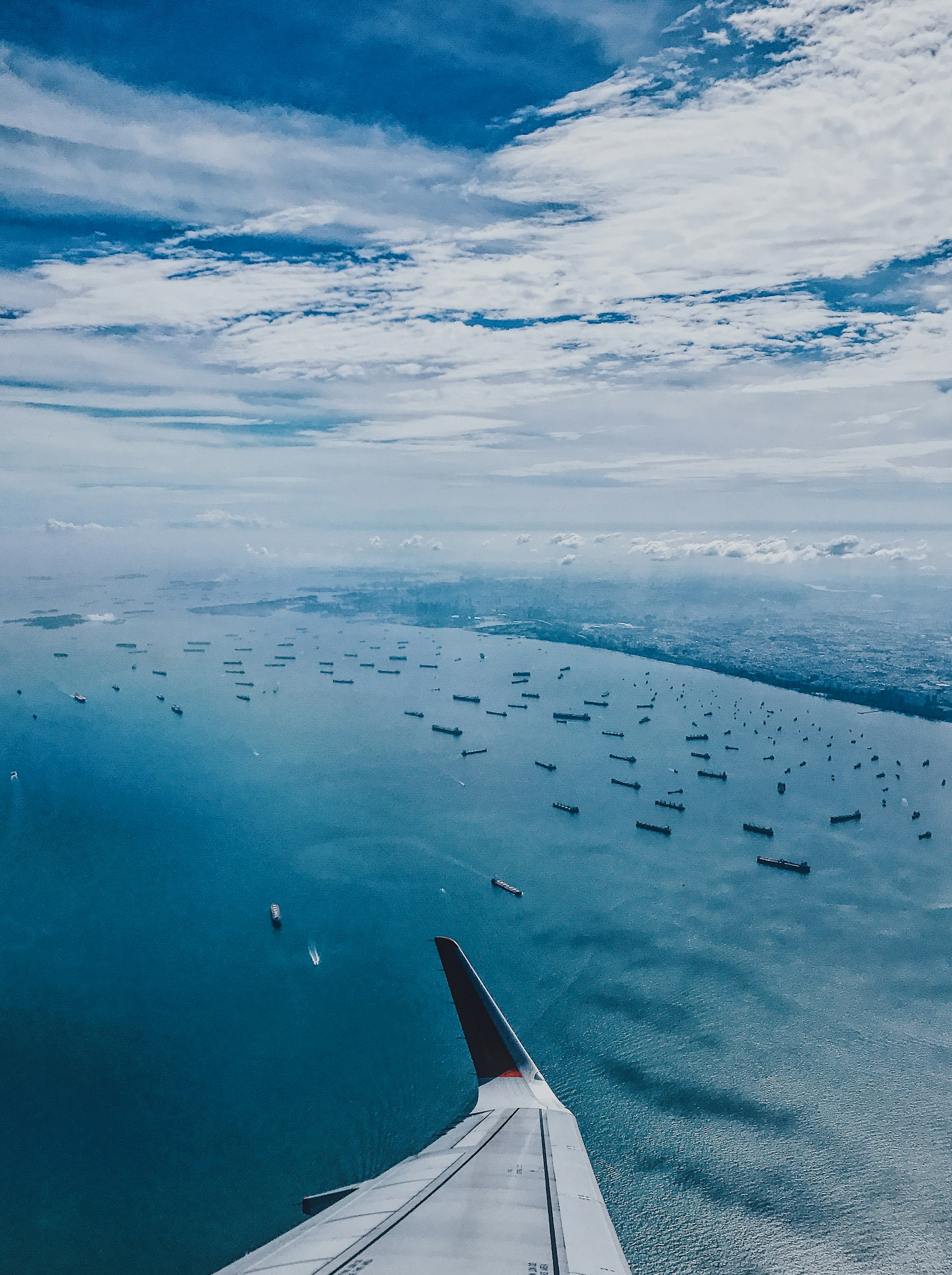Will “side stepping” the congestion work?

Lately I've seen article after article saying big brands are getting creative and leasing a ship (voyage or time charter) to "side step global congestion". No matter what you may think about big brands and their market power, there are two big questions on the table: will and can these brands avoid congestion, and will it help the global freight jam?
Can they avoid it?
If your Costco or Home Depot can afford it, they are splurging for a vessel rental. The thought process is likely along the lines, "we have to do something" or, "we'll fall behind if we don't" or maybe, "we need our freight to move now". Theres a million different reasons backed by fear, greed, confusion, or a combo. The real question is can they avoid the congestion?
My simple answer: probably not
The goal of running your own ship is to reduce the time it takes to get a good into your own supply chain network. Once a good is in your possession, you as a business can control its flow and your inventory. The idea of running your own ship to side step makes me think one thing.
There is a misunderstanding of the problem
Chartering your own vessel suggests that the problem lies in available vessel space, or a lack there of. Yes, spot rates for containers have risen astronomically but, I don't believe it's because of a true lack of vessel space - it's an artificial shortage. The shortage of space comes from vessels waiting for berths all along the West Coast. When ships sit at anchor waiting to unload their cargo, they can't do what they do best - carry more cargo across oceans. Ships are stuck because the terminals are full and import cargo is struggling to move inland.
The way I see this, chartering a vessel to side step congestion shows a misunderstanding of the true problems the industry is facing.
Are the big brands special?
One key element of getting in front of others in line is hoping for preferential treatment. Most if not all terminals are operating to some extent on a first come first serve basis - where contractual arrival dates are out the window and a ship could wait in line for weeks for a berth. What makes these big brands believe they get to cut in front of the other 62 ships?
Simply, lines are long and terminals are full. Unfortunately, everyone has to wait.
Will this clear freight jams?
One of my bigger questions is will this help clear up some freight log jams? Potentially - or make them much worse
Cargo for these big brands typically are stacked together in the terminal and trucked out in quick succession. Receiving one or two thousand of these containers in one fell swoop, may allow the terminals to increase the efficiency of their space. If they can get more cargo to move off dock faster, then effectively more space is created. That is to say steamship lines wouldn't fill the vessels with other harder to move cargo.
If the steamship line were to fill the void from the big brand hiatus with local or rail bound cargo, the freight jam will likely get worse. Terminals and inland logistics need cargo that can get to warehouses quickly and for them to be arranged in the terminals in a way they can be moved quickly.
In my personal opinion, the big brand vessel chartering at best, will have a net neutral effect for the brand and the industry.
